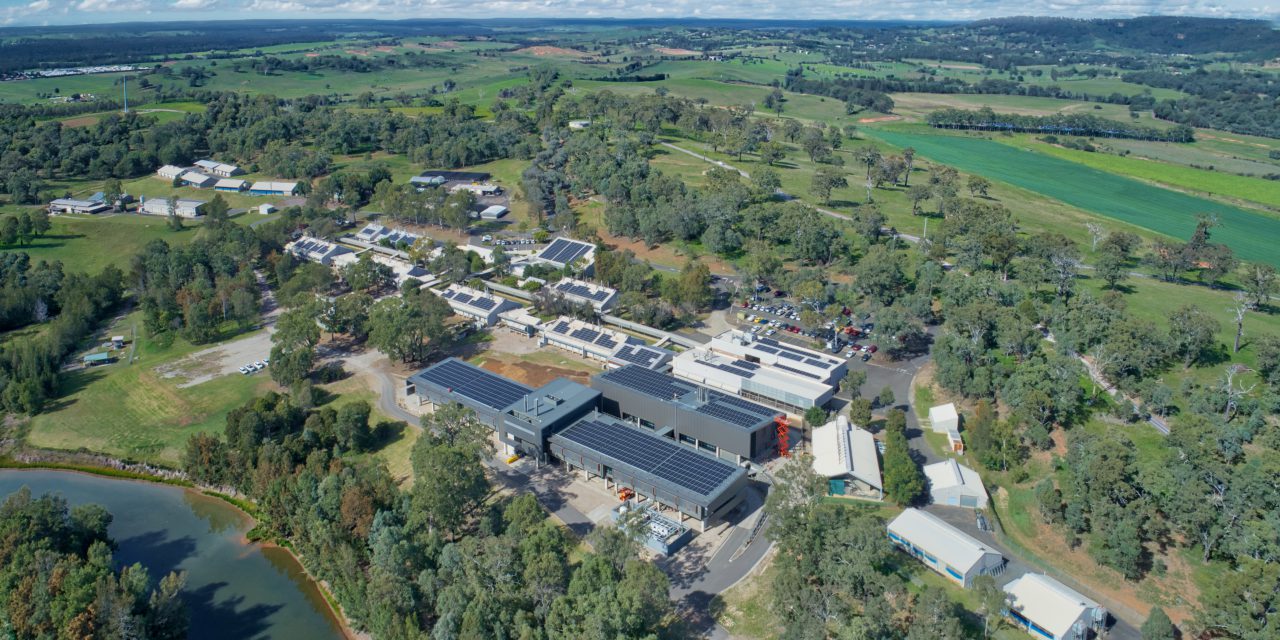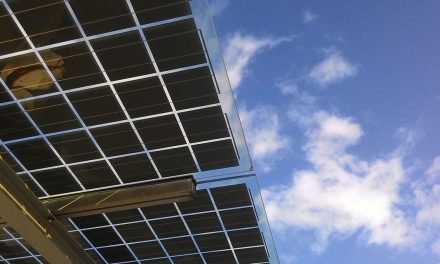Three NSW government facilities at the forefront of aquatic and agricultural research and development are reducing their dependence on the grid and turning to solar to cut energy consumption and reduce costs.
The program of rooftop solar PV installations is being managed by energy services business Verdia and includes the installation of 2,250 solar panels on three iconic sites in regional NSW and greater Sydney.
The NSW Department of Planning, Industry & Environment sites include:
- The Elizabeth Macarthur Agricultural Institute in Menangle – the site of the original land granted to agricultural pioneers John and Elizabeth Macarthur in 1805.
- The Tamworth Agricultural Institute – providing research and development activities across crop breeding, pathology and grain quality programs.
- The Port Stephens Fisheries Institute at Taylors Beach – headquarters for marine ecosystems and aquaculture research in NSW.
850kW solar PV system across three sites
The three systems total 850 kilowatts and will generate an estimated 1,240 MWh of clean and emission free electricity a year, helping to cut energy use by an estimated 19 percent across the sites.
The NSW Government now spends about $940,000 a year on electricity at the sites. That will now fall by 22 percent or $210k a year after the renewable energy upgrades.
The program is being funded via Westpac’s Energy Efficiency Finance Program.
This means it has no impact on the NSW Government Budget, with the project paying for itself in reduced electricity bills over an estimated 10 years. All up it’s expected to save more than $3.1 million over the expected 20+-year life of the systems.
Verdia CEO Paul Peters said on site solar generation was continuing to be an effective way for businesses and government to reduce their energy costs.
“The cost of electricity generated from solar panels installed behind the meter is cheaper than electricity sourced from the grid,” Mr. Peters said.
“I can’t see that changing in the foreseeable future. And now governments are looking at solar PV to reduce their energy costs, as well as their carbon footprint. By funding this investment through Westpac’s Energy Efficiency Program, the NSW Government can release the benefits of reduced energy costs, without any impact on its budget. It takes the risk out of these investments.”
Installation across the three sites has been completed. The program will then be assessed, looking at technical and financial performance to determine if further sites could be included in future upgrades.








